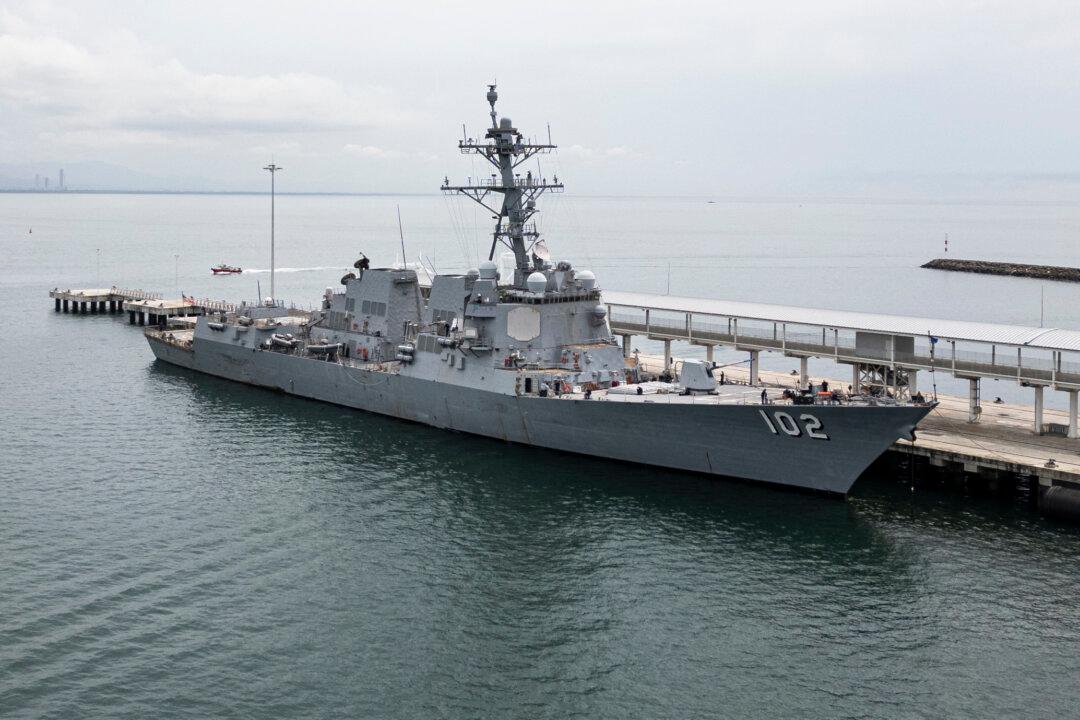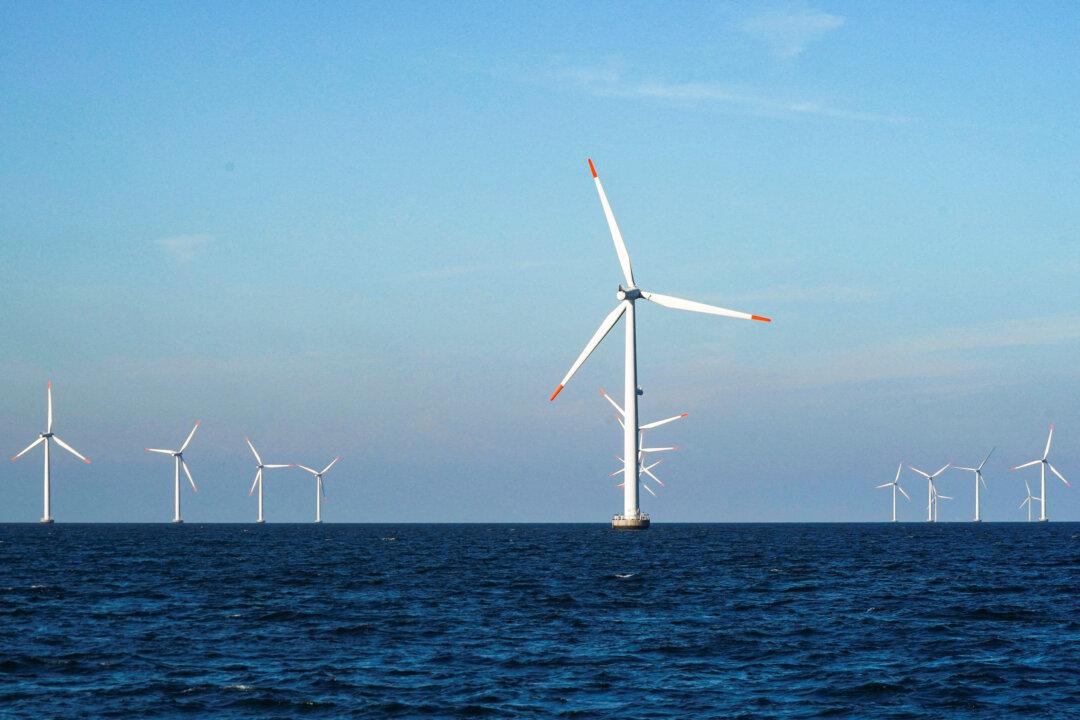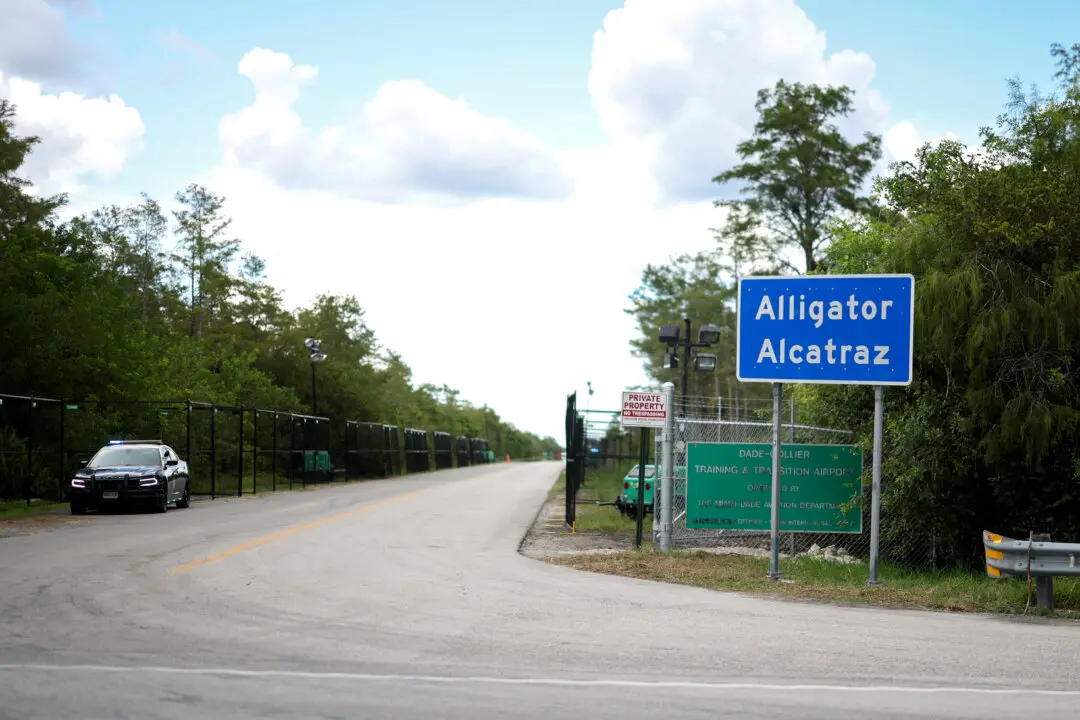Evacuation orders were issued and high-water rescue operations were executed once again across central Texas on July 13 as heavy rain brought another round of river flooding to the already-devastated region.
This is the second major flood event to hit the Lone Star State since floods stemming mostly from the Guadalupe River struck during the Fourth of July holiday weekend, killing at least 129 people, including several children.
Texas Gov. Greg Abbott announced the afternoon of July 13 that the state was conducting rescue operations related to this new flood threat in San Saba, Lampasas, and Schleicher counties, and that evacuations were underway in Lampasas, Menard, Kimble, and Sutton counties.
“We are expanding operations in all affected counties,” he said on social media platform X. “All while monitoring the rising waters in Kerrville.”
The region continues to be impacted by heavy rainstorms. By 7 a.m., areas of central Texas received more than half a foot of rain in just the prior 24 hours, and the weather services’s Austin/San Antonio office projected that “additional rainfall amounts of 1 to 3 inches with isolated amounts up to 6 inches are possible” through the day, along with its flood watch.
Its weather prediction center reported that the San Saba, Llano, Lampasas, Leon, and Guadalupe rivers have all reached flood levels as heavy rain storms dropped significant amounts of rain over the region since the early morning hours.
The flooding is forecast to remain at its peak, if not reach its peak, for multiple riverside communities through the night.
As of 6 p.m. CT, the San Saba River was in a state of moderate to major flooding near San Saba, Texas, rising to nearly 31 feet near and projected to rise another half foot and remain above 30 feet through the night. The Llano River was nearly 14 feet high near Llano, Texas, causing moderate flooding, but was projected to remain in a moderately flooded state, maxing out at more than 16 feet high in the early hours of July 14.
Further north, the Leon River near Gatesville, Texas, registered minor flooding with water levels down to just under 22 feet from 25.5 feet earlier in the day. Waters were expected to return to those levels around midnight.
The Guadalupe River near Hunt, Texas, was a little more than 8 feet but was forecast to enter a state of moderate flooding by 8 p.m., rising above 11 feet.
Just before noon on July 13, the Lampasas River near Kempner, Texas, reached its peak of 33.5 feet, and was recorded to be above 26 feet, in a state of moderate flooding, from at least 8 a.m. to 1:30 p.m. By 3:15 p.m., waters had dropped below flood levels, and as of 7:30 p.m., it was still well below those levels at around 8.5 feet.







